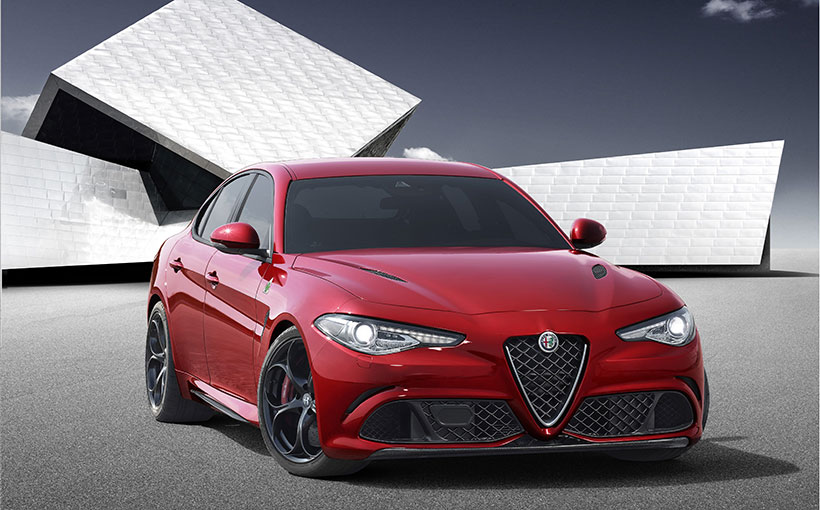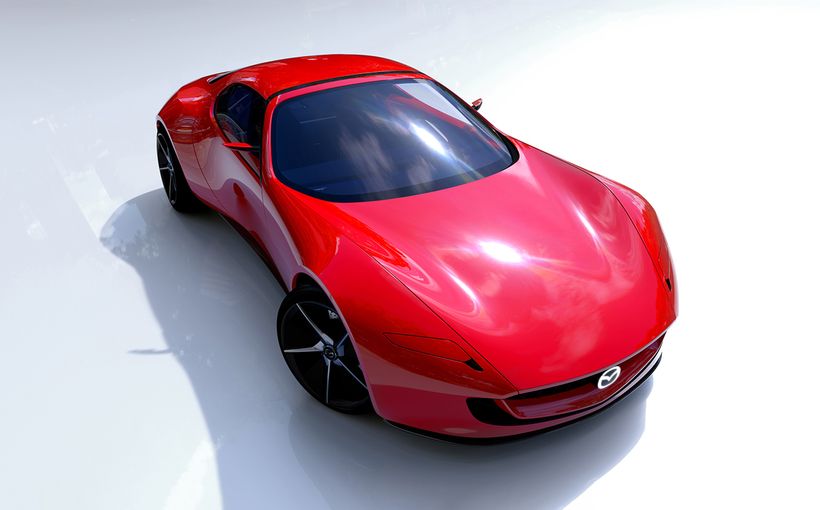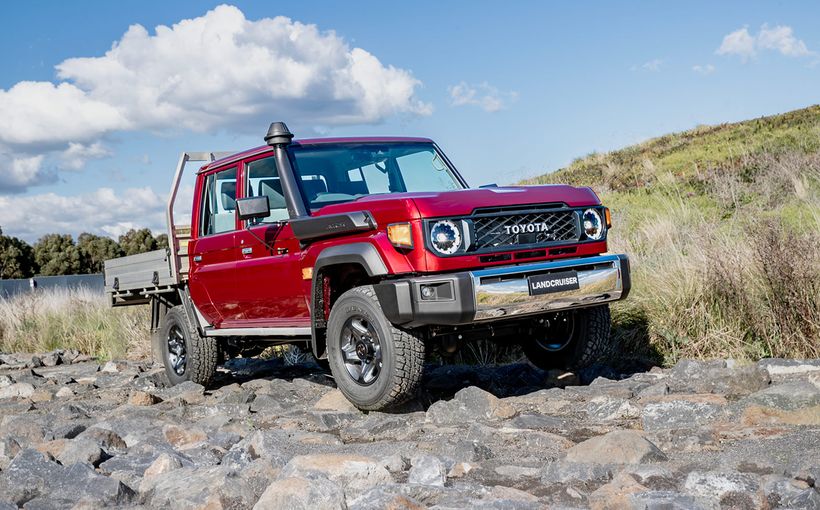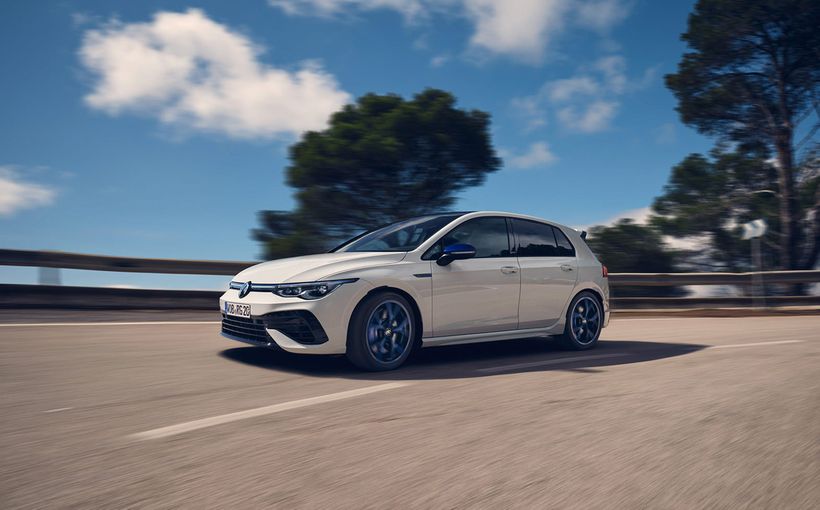Is the Alfa Romeo Giulia the rebirth of Italian cool?
ONCE upon a time, Italy owned the sports sedan market that the Germans have assumed as their own.
Cars like the Lancia Aurelia, Fiat 2300, and Alfa Romeo Giulia were grand tourers in the truest sense of the word, combining thrilling performance and dynamics with unique beauty and superb comfort.
But while many people believe that inherently great design is the cornerstone of such revered Italian masterpieces, they’re wrong, because exquisite, and at times breathtaking engineering, is what made these vehicles utterly brilliant.

Twin cam engines, rear transaxles, sophisticated suspension, disc brakes, aluminium componentry… these are the provenance of visionary companies that used racing as inspiration so as to make road cars better.
This, in essence, is why beautiful Alfas of recent times – such as the 1997 156 and its even more striking 159 replacement from 2005 – caught people’s eyes easily enough, but ultimately failed to win their hearts (and wallets). Because underneath their gorgeous skins lurked some fairly pedestrian front-wheel drive mechanicals, either derived from or intended for vehicles with far less aspirational dynamics than what was expected from the Milanese marque.

The result were less-than-impressive cars to drive that were easily eclipsed by, say, the BMW 3 Series, which had long taken over the mantle as the highly engineered premium sports sedan standard.
Even as recently as the late 1980s, the RWD 116-series Alfetta-derived Alfa 75 was a true thorn in the German company’s side. By the late 2000s nobody even bothered pretending that its 159 descendent could pose a threat.
So it is with this background that we welcome the rebirth of the RWD Alfa Romeo in the Type 952 Giulia, unveiled to a hungry world in late June.

Taking just two and a half years to develop at a cost of five billion Euros, preliminary work on the 159 replacement actually started nearly eight years ago, with Fiat Chrysler Automobiles (FCA) CEO Sergio Marchionne ordering the switch to RWD in early 2013. After that, an experienced set of engineers including key Ferrari and Maserati personnel were set aside as part of a special skunkworks team, working on a strict deadline to deliver the best vehicle in this premium class in the world. Billions of dollars have been invested, with the Giulia’s final shakedown still underway ahead of its mid-2016 global launch.
This is what is required to compete successfully against BMW, Mercedes-Benz, Audi, Jaguar and Lexus, according to Marchionne, particularly in the United States, where Alfa Romeo has not even participated since the early 1990s. It is one of eight new models on the way, as the Milanese brand reinvents itself in order to more than quadruple sales (to over 400,000 units) by 2018.

So more – much more – of the Giulia’s make-up has yet to be unveiled at the Frankfurt motor show in September, but here’s what we already know.
Beneath that curvy three-box body is a range of engine options, with the flagship Quadrifoglio packing a Ferrari-developed 380kW 3.0-litre twin-turbo, all-aluminium V6; with a 0-100km/h sprint-time of under 4.0 seconds, clearly the targets are the BMW M3, Mercedes-Benz C63 AMG, Audi RS4 and Lexus RC F. The rest will be an array of forced-induction four-cylinder petrol and diesel choices, with either a six-speed manual or nine-speed automatic transmission options.

Much weight-reducing techniques have been applied to the body, including carbon-fibre (bonnet, roof and tail-shaft), aluminium (brakes, suspension, doors and mudguards), and plastics (the rear cross-member is made of aluminium composite and plastic); result: the kerb weight is said to be about 1500kg.
Alfa says its newest arrival is also “surprisingly fuel efficient”, helped by an electronically controlled cylinder deactivation system and idle stop. Best-in-class torsional rigidity, 50-50 weight distribution, double wishbone front suspension and a multilink rear that “ensures top performance, driving pleasure and comfort” complete the Giulia picture as we know it for now.
FCA also revealed that it is relying less on electronic control systems to improve the Alfa’s handling, roadholding, and performance, instead leaning on these for excellent safety back-up, though torque vectoring that allows the rear differential to deliver torque to each rear wheel separately in low-grip conditions “so spirited driving is always fun without ever having to run up against an invasive stability control system” is fitted.

Other technologies include an active aero splitter at the front that encourages better downforce, as well as the DNA driving mode system with Dynamic, Natural, Advanced Efficient (the first energy efficiency mode on any Alfa) and Racing (on high-performance versions).
More details will be divulged closer to when the Cassino, Frosinone, Italy factory starts to ramp up production later this year.

The Giulia name has plenty of currency with classic car fans, with the badge gracing the 105-series four-door sedan and wagon from 1962 to 1978. There was also the 115-series coupes, 1750/2000 Berlinas, and Spider made famous in the Hollywood film The Graduate.
In the 1970s, the Type 116 Alfetta sedan and GT coupe provided an all-new base from which Alfas of varying degrees of success were sprung off, including the bob-tailed Giulietta sedan (1977-1985), failed Alfa 6 luxury flagship (1979-1986), 90 (1984-1987), and 75.

The pretty, Pininfarina-penned 164 of 1987 was the beginning of the company’s all-FWD period.
Come 2016, will the promising Type 952 Giulia finally restore Alfa Romeo as the sports sedan standard?
Byron Mathioudakis GoAuto.com.au
Protect your Alfa Romeo. Call Shannons Insurance on 13 46 46 to get a quote today.









